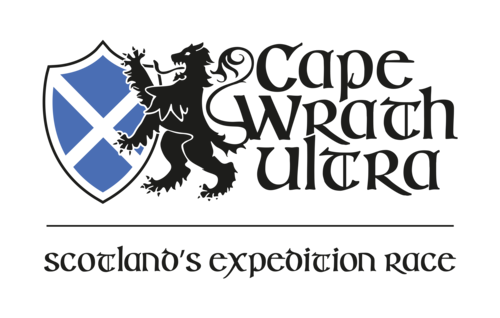The Route to Cape Wrath
The route for the Cape Wrath Ultra™ has been some years in the planning and the inaugural participants are about to be put to the test of running it.
The 400km route is based on the Cape Wrath Trail, which has various route options built into it, and this has been modified for the Cape Wrath Ultra™, looking for more runnable ground and allowing for the need to stage large, accessible camps each night. (They have to be accessible to the ~20 event vehicles for setting up camp including bringing in portable toilets and a refrigerated catering vehicle).
Through Ardgour, the first stage of the upcoming adventure.
Race Director Shane Ohly says, “It’s not a route designed to cross or climb mountains, but to take the easiest way across the country.” It will still be spectacular and wild country, with amazing mountain scenery and vistas, and over the 8 days there will be 11,200m of ascent. There’s no need to go summit bagging along the way – that’s enough!
The average daily distance is around 50km with 1400m of ascent, and the descent will be similar as each day's camp is at no more than 80m height. The fact the route follows valleys much of the way does mean that river crossing are a particular concern – the valleys are where all the water goes! Rivers, even small ones, can rise quickly and be fast flowing, and along the route there are 100 river crossings. (The major ones will have the race water safety team in position.)
With its westerly, coastal aspect the area the race crosses has high rainfall, but everyone is hoping the Scottish weather will co-operate, at least some of the time anyway. (The forecast is mixed – it almost always is!) The weather is certain to play a key part and the more rain and wind there is the harder the race will be.
The route may pass through mountainous areas, but it’s also quite a maritime route, never far from the coast and there will be lots of sea and loch views, visits to sandy beaches and cliff top trails. (As well as the Police and Mountain Rescue the Coastguard are also aware of the race in case their help is required for access in any emergency.)
The days vary in length from 37km to 72km with days 6 and 7 being two of the longest, although most of the participants are more focused on day 3 across Kintail which is 68km but has 2400m of climb, much more than any other day. That’s going to be one of crux days of this race.
Some participants are likely to have decided to withdraw by the end of that day, finding the distance and terrain beyond them or due to injury. The race has put in cut-off times which the participants will have to hit (mainly to ensure they reach camp by the closure time of 23.00). The cut-offs can be generous as there is very little true darkness this far north in May and the race has said those who can run downhill and walk the rest at a steady pace should be OK to meet them. (There are guidance times on their maps too.)
Those who do arrive late at camp or fail to finish a day may have the chance to take part in shorter days further along the route, always depending on transport availability.
Just meeting the cut-off’s is probably not a good enough plan though. Arriving at 23.00 at camp leaves little time to eat, get any medical attention, recover, etc. and the slowest participants each day will start earliest the next. The cumulative effect of fatigue will be a key factor and for many of the competitors here this will be a new challenge as they have more experience of continuous ultras rather than multi-day ultras – certainly not over 8 days.
The participants do have some guidance on the type of terrain they will be on (which is marked on their maps) and it is broken down as Trackless (20%), Single Track (38%), Double Track (30%), Road Tarmac (12%).
In summary the race breaks down as;
Day 1; Ardgour 37km/23 miles 500m
Day 2; Knoydart 50km/35 miles 1800m
Day 3; Kintail 68km/42 miles 2400m
Day 4; Torridon 35km/22 miles 1400m
Day 5; Fisherfield 44km/42 miles 1400m
Day 6; Assynt 72km/45 miles 1400m
Day 7: Beyond Assynt 61km/38 miles 1600m
Day 8; Cape Wrath 26km/16 miles 700m
... but of course the whole route and adventure is much more than just the sum of its parts!
Words by Rob Howard @ Sleepmonsters


